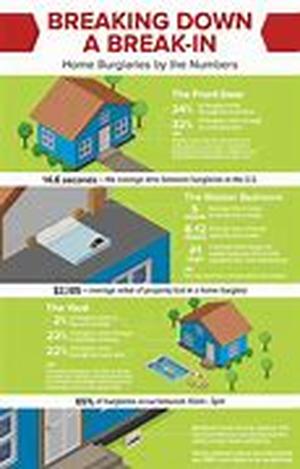
The Important Processes That Have To Be Clearly Delineated For Data Mining, Analysis And Modelling Are:Data Model: What Data Will Be Available And How Will It Flow?Data Gathering: How Will Data Be Gathered Both In Physical And Technological Terms?Data Gathered: What Data Will Be Gathered?Data Types: What Types Of Data Will Be Gathered?Data Formatting: How Will Data Be Held?Data Warehousing: Where Will Data Be Held?Data Mining: How Will We Retrieve Data From The Warehouse?Information Modelling: How Will We Create Models And What Of?Information Access: How Will We Access The Data Models And Reports?Presentation Reporting: On What Will We Report?Most Companies Want To Know Essential Information About Customers At Every Point Of Contact, For Example:Lifetime ValueX Sell And Upgrade PotentialAcquisition CostChannel PreferencesLoyaltyretentionPurchase Behaviour PatternsMuch Of The Data That They Have Will Have Different Frequencies Of Change, Refreshment Or Occurrence. It Will Be Kept For Different Periods. In Some Cases, Aggregated Data May Be Kept Rather Than Source Data. All Of These Factors Effect The Data Modelling Exercise And The Eventual Modelling Software Requirements.Turning The Data Into Useful Information Requires:Identifying The Issue(s)Assembling The Data Set(s)Building ModelsVerify ModelsInterpretation Of The ResultsAutomation Of The DeliveryThereafter, Modelling Tools And Techniques Have To Be Used. These Can Be Divided Into Two Groups: Theory Driven And Data Driven.Theory Driven Modelling (hypothesis Testing) Attempts To Substantiate Or Disprove Preconceived Ideas. Theory Driven Modelling Tools Require The User To Specify Most Of The Model Based On Prior Knowledge And Then Tests To See If The Model Is Valid.Data Driven Modelling Tools Automatically Create The Model Based On Patterns They Find In The Data. This Also Needs To Be Tested Before It Can Be Accepted As Valid.Modelling Is An Iterative Process With The Final Model Usually Being A Combination Of Prior Knowledge And Newly Discovered Information. The Engine(s) Tools And Techniques Include:Statistical TechniquesData Driven ToolsCorrelationCluster Analysist-testsFactor AnalysisAnalysis Of VarianceCHAID (Chi-square Automatic Interaction Detector) Decision TreesLinear RegressionVisualisation ToolsLogistic RegressionNeural NetworksDiscriminant Analysis





